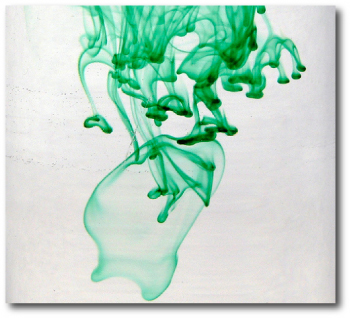
Image Source.
If you’re spending time on the collaborative systemic backend, you’ll know from the discussion threads that Eugenio has been making rapid progress on the downloadable console. He’s in the process of converting the code from a single-thread version to a fully multi-threaded package. Threading is important. It will allow the console to be gracefully reset in the event that a Levenberg-Marquardt polish takes more time than you bargained for, and it will allow for a variety of on-the-fly diagnostics regarding what’s going on under the hood.
The latest version of the downloadable console now contains a multi-threaded orbital stability checker. To see it in action, download a fresh console (making sure to save your old systemic directory if you have built up a library of fits that you want to keep). I pulled up the HD 69830 dataset and quickly worked up a three-Neptune fit that is very similar to the fit reported by the Geneva team in their discovery paper.
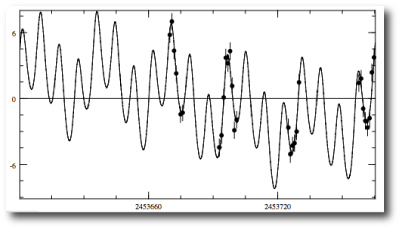
The two outer planets are roughly similar in mass to Neptune, while the inner planet, with a period of 8.66 days is somewhat less massive. It’s not immediately clear from looking at the orbital configuration:
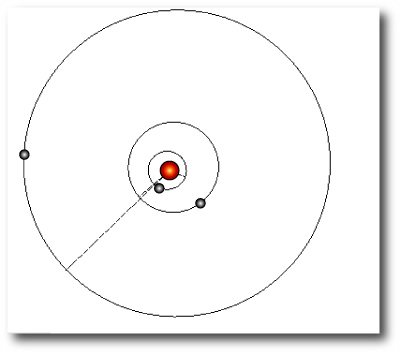
that this planetary troika is gonna get along to go along. A stability check is definitely in order. Clicking on the button for the long-term stability module:

brings up a dialog window that you can use to control the stability integration. You specify the maximum timestep duration, the output frequency, and the integration duration and press go. At present, the console implements only a 4th/5th order Runge-Kutta integrator, but we’ll soon supply faster algorithms, including a Wisdom-Holman symplectic map:
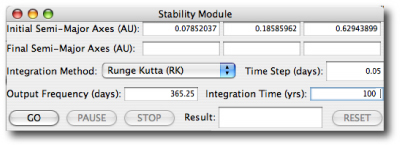
For this example, I specified a short 100-year integration (4200 inner planet orbits). This is enough to see whether the system is wildly unstable, but for a more diagnostic check, one would generally like to look at a longer duration (100,000 inner planet orbits, say).
In this first implementation, a system is deemed “stable” if the semi-major axes of all the planets remain constant to within 1% of their initial values during the course of the integration. There are, of course, stable systems (such as a librating, equal-mass 1:1 resonance configuration) where larger semi-axis variations occur, but if semi-major axes vary by more than 1%, it means that considerable orbital energy is being traded back and forth, and the long-term prognosis is not good.
This HD 69830 3-planet fit easily lasts for 100 years. Nevertheless, as noted in the discovery paper, longer-term integrations show that the system is very close to the edge of stability.
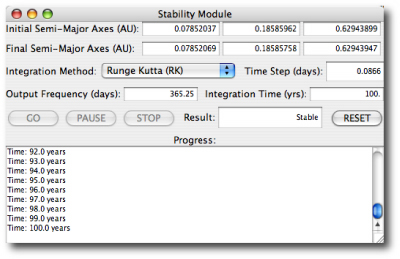
I’m still working on the promised post about trojan planets. Look for it tomorrow!
